May 29, 2025 | 18:29 GMT +7
May 29, 2025 | 18:29 GMT +7
Hotline: 0913.378.918
May 29, 2025 | 18:29 GMT +7
Hotline: 0913.378.918
The degradation of seagrass meadows and mangrove forests has been rapidly accelerated by coastal infrastructure development, pollution, watershed eutrophication, and soil erosion. Mangrove forests have been disappearing at a rate of 250,000 hectares per year in Indonesia alone, according to estimates, while seagrass decline is estimated to be around 20,000 hectares per year.
The most substantial decline of any blue carbon ecosystem globally is believed to be the total loss of mangroves in Southeast Asia, which surpassed 2.5 million hectares between 2002 and 2011. The impact of this loss on the current regional carbon mitigation services are still uncertain.
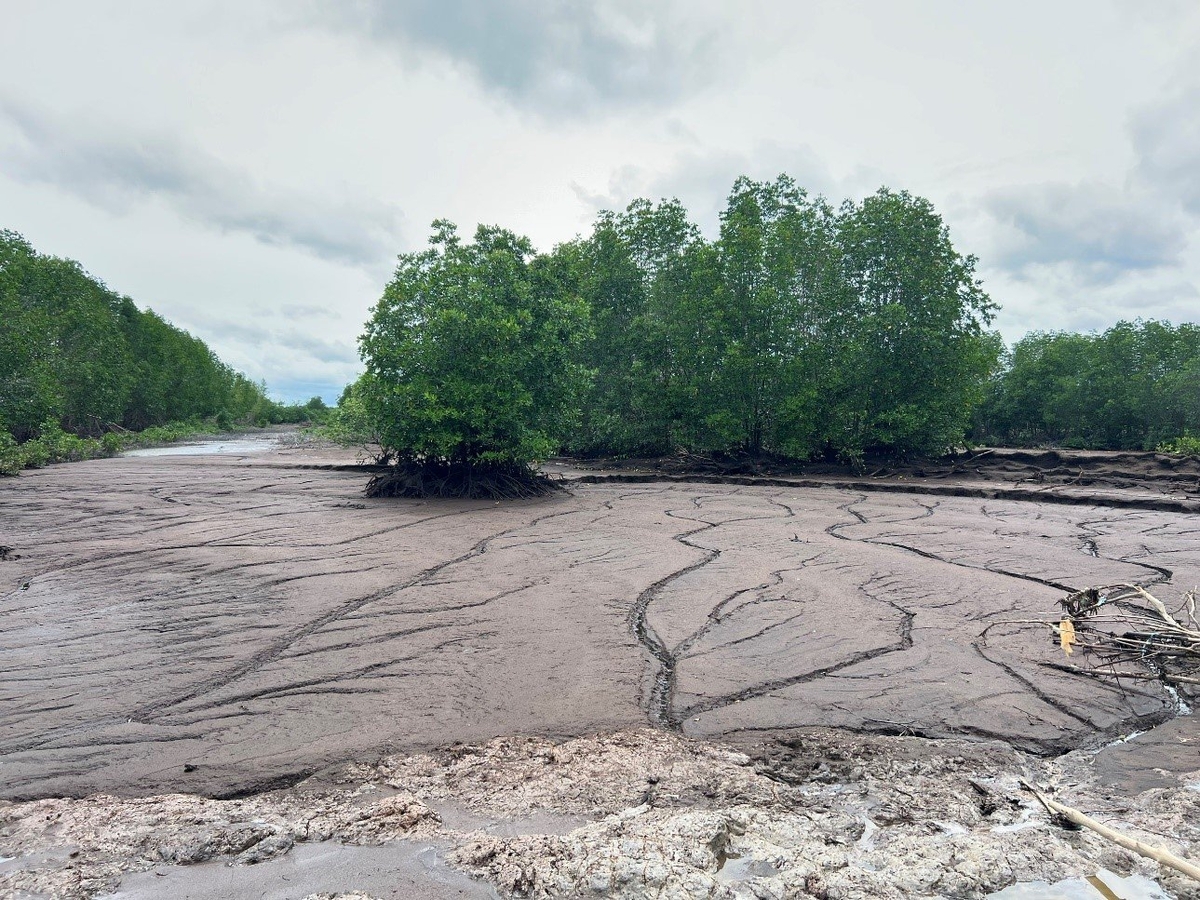
Mangrove forests are on a sharp decline, causing great damage to carbon stocks in Southeast Asia. Photo: VAN.
Despite the fact that current mangrove carbon stock estimates account for national differences, they only encompass a portion of the broader socio-ecological, geographical, and oceanographic landscape of Southeast Asia, excluding Northern Australia and Papua New Guinea.
To date, research has clearly shown that the maximum concentration of blue carbon in the world is found in tropical Southeast Asia. Furthermore, this region has the potential to sustain the largest total connected blue carbon stock among all tropical regions, even if it is not exclusively measured by carbon density.
An updated assessment of the integrated carbon stocks of seagrasses and mangroves within a more clearly interconnected Southeast Asia—both socioeconomically and geographically within the ocean space—has been requested by scientists.
The incorporation of seagrass and mangrove ecosystems is a critical initial stage in the conservation and restoration of their carbon stocks in a format that can be relatively easily integrated into traditional economic models. It is also a crucial component of a future integrated marine emissions model for the region.
It is crucial to note that the recovery of these ecosystems can promptly restore other lower-cost natural capital services, which are not available through artificial means. Mineral recycling, water clarity, coastal resilience, fishery nurseries (for recreational, subsistence, and commercial purposes), and habitat for biodiversity and endangered species are all services that have direct societal relevance.
Updated ecosystem service inventories have recently been published for the eastern coast of North America and the Gulf of Mexico, providing examples from temperate and tropical/subtropical systems. However, global restoration analyses indicate an extensive shortage of research on tropical seagrasses in comparison to temperate zones, with the Indo-Pacific region conducting significantly fewer studies than the Atlantic.
A more comprehensive comprehension of the impact of stochastic and natural variables on regional carbon stock fluctuations is also necessary for effective long-term emissions reduction management.
Stochastic factors are essentially one-time or comparatively unpredictable events that can have short-term adverse effects. These factors can range from intense storms and sedimentation caused by localized flooding to periodic volcanic eruptions, earthquakes, and tsunamis.
Environmental factors, including regional climatic, edaphic (soil-related), geological, and oceanographic conditions, as well as anthropogenic drivers, such as human-induced changes or the imposition of novel pressures that these ecosystems have not previously experienced, are among the natural drivers of carbon stock density and overall extent.
Southeast Asia, which is situated entirely within the tropics, is able to capitalize on its relatively mild, consistent water temperatures and high ambient light exposure, which collectively facilitate increased carbon sequestration.
Additionally, the region is home to other noteworthy dynamics that have the potential to improve carbon inventories. These dynamics include an increase in primary productivity, which is a direct result of a consistent supply of inorganic nutrients and CO₂ from the warm waters of the equatorial Pacific Ocean. Consequently, there is a greater potential for net carbon sequestration.
Warming and splitting across the Southeast Asian archipelagos, the Indonesian Throughflow flows into the Indian Ocean as it advances westward. During this transit, the surface waters are supplied with nutrients by the turbulent fluxes and strong tidal mixing that occur over the rugged seafloor of the region.
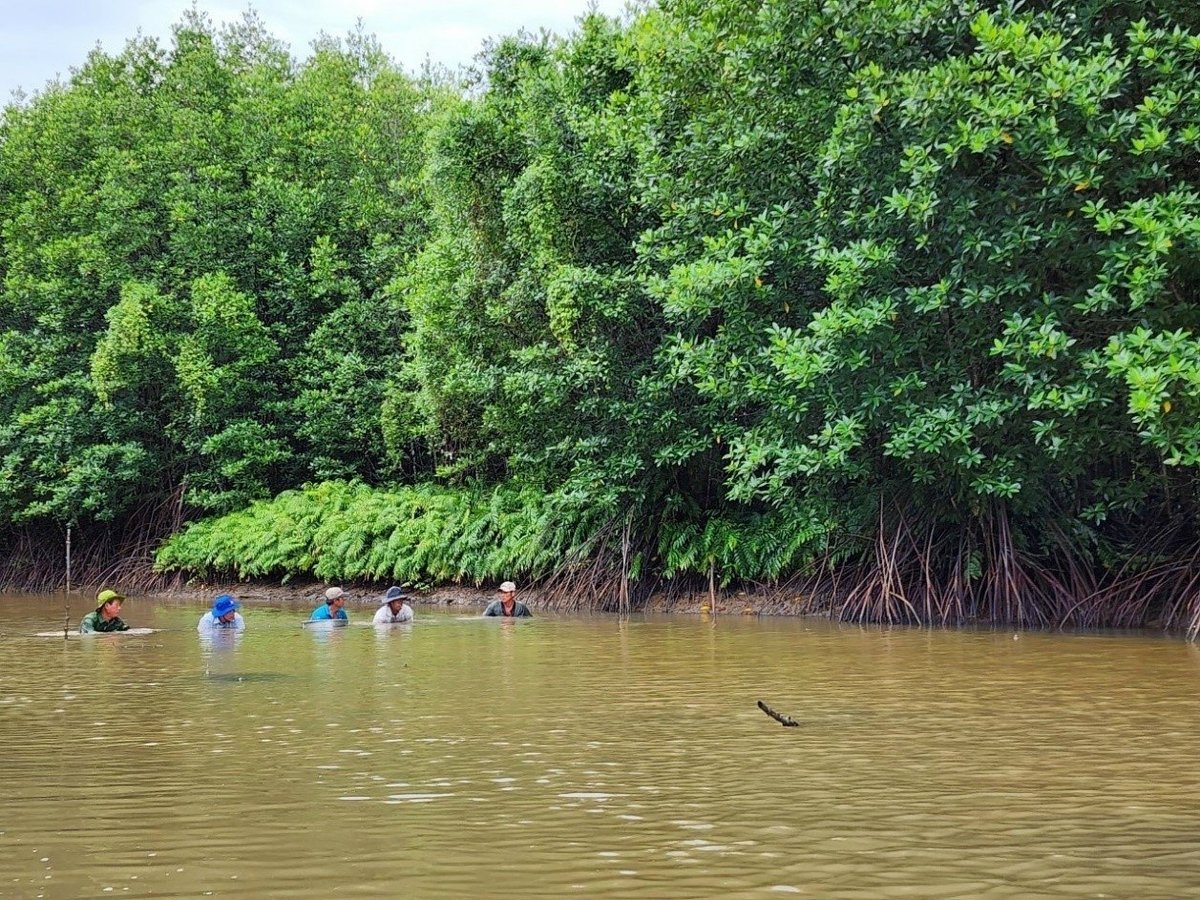
Human-induced changes that put pressure on ecosystems are concerning. Photo: VAN.
The region of Southeast Asia is capable of sustaining expansive coastal niches for mangroves, seagrasses, and coral reefs from a geographical and coastal process perspective. These ecosystems are capable of establishing and self-maintaining these niches over time. The productivity of seagrasses and the ongoing development of nutrient-limited mangroves within adjacent coastal zones, semi-enclosed bays, lagoons, and estuaries are significantly influenced by the availability of nutrients, whether directly or indirectly supplied.
The retention of remineralized nutrients derived from coastal phytoplankton inputs, which have already utilized a portion of the local nutrient supply, is likely facilitated by the longer residence periods within these semi-enclosed systems. The supply of litter and canopy biomass increases in tandem with the expansion of ecosystems and productivity, which leads to the more effective trapping of both native and imported debris within more sheltered systems.
Currently, nearly all countries (with the exception of landlocked Laos) are attempting to manage their blue carbon resources from mangrove and seagrass ecosystems at varying levels of sustainability, that extend national boundaries. These countries include Myanmar, Thailand, Malaysia, Singapore, Indonesia, Brunei, Papua New Guinea, Cambodia, Laos, Vietnam, and the southern parts of tropical China (including Hainan Island).
The extensive freshwater peatlands of coastal Southeast Asia are also anticipated to contribute significant organic runoff, with key peat-rich areas located in Sumatra, the Malay Peninsula, Borneo, and western Papua New Guinea.
The combined impact of natural dynamics and human impacts may have been sufficiently persistent and pervasive over time to lead to either substantial changes in carbon stock accumulation or, in certain instances, near-total loss.
Translated by Linh Linh
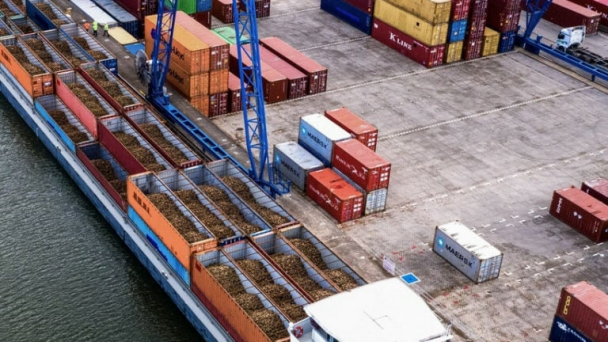
(VAN) The mutual export of agrifood products between the European Union (EU) and the United Kingdom (UK) must occur again without certification, border controls or other red tape. This was agreed at the UK-EU summit.
/2025/05/22/5121-2-173645_677.jpg)
(VAN) NBSAP Tracker identifies strengths and areas for improvement in the National Biodiversity Strategy, based on each region’s priorities and capacities.
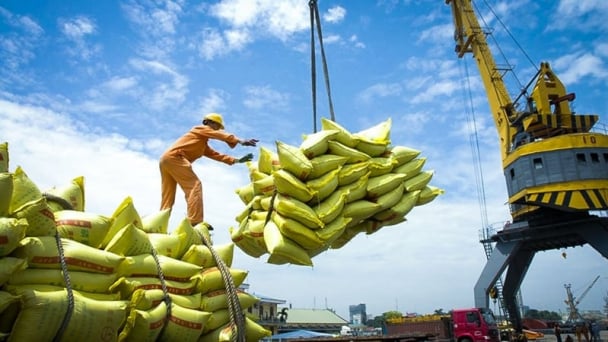
(VAN) The draft amendment to the Circular on rice export trading stipulates a periodic reporting regime for rice exporting enterprises.

(VAN) Dong Thap farmers attained an average profit margin of 64% during the summer-autumn 2024 crop (first season), while An Giang and Kien Giang farmers followed with 56% and 54%, respectively.

(VAN) As a doctoral student doing research on renewable energy and electrification at Harvard University, the author shares his musings on electricity, nature, and countryside memories.
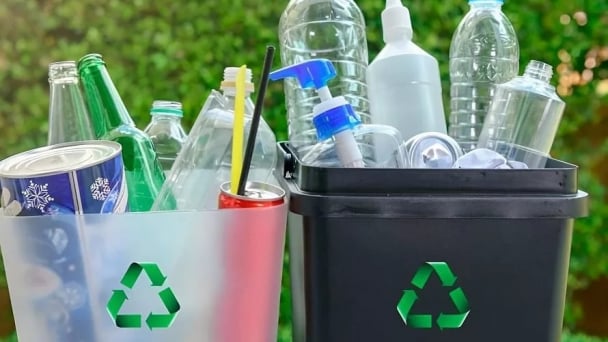
(VAN) The decree on Extended Producer Responsibility (EPR) ensures transparent management and disbursement of support funds, avoiding the creation of a “give-and-take” mechanism.
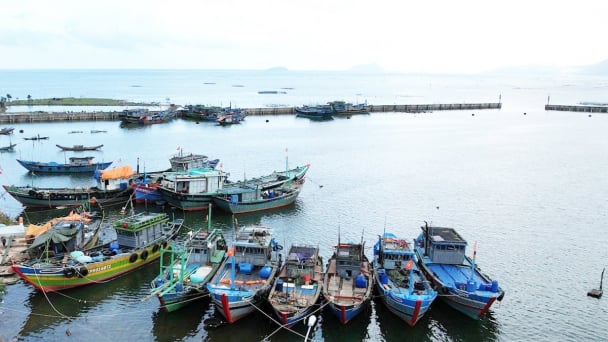
(VAN) Hue City rigorously enforces regulations regarding marine fishing and resource exploitation, with a particular emphasis on the monitoring of fishing vessels to prevent illegal, unreported, and unregulated (IUU) fishing.